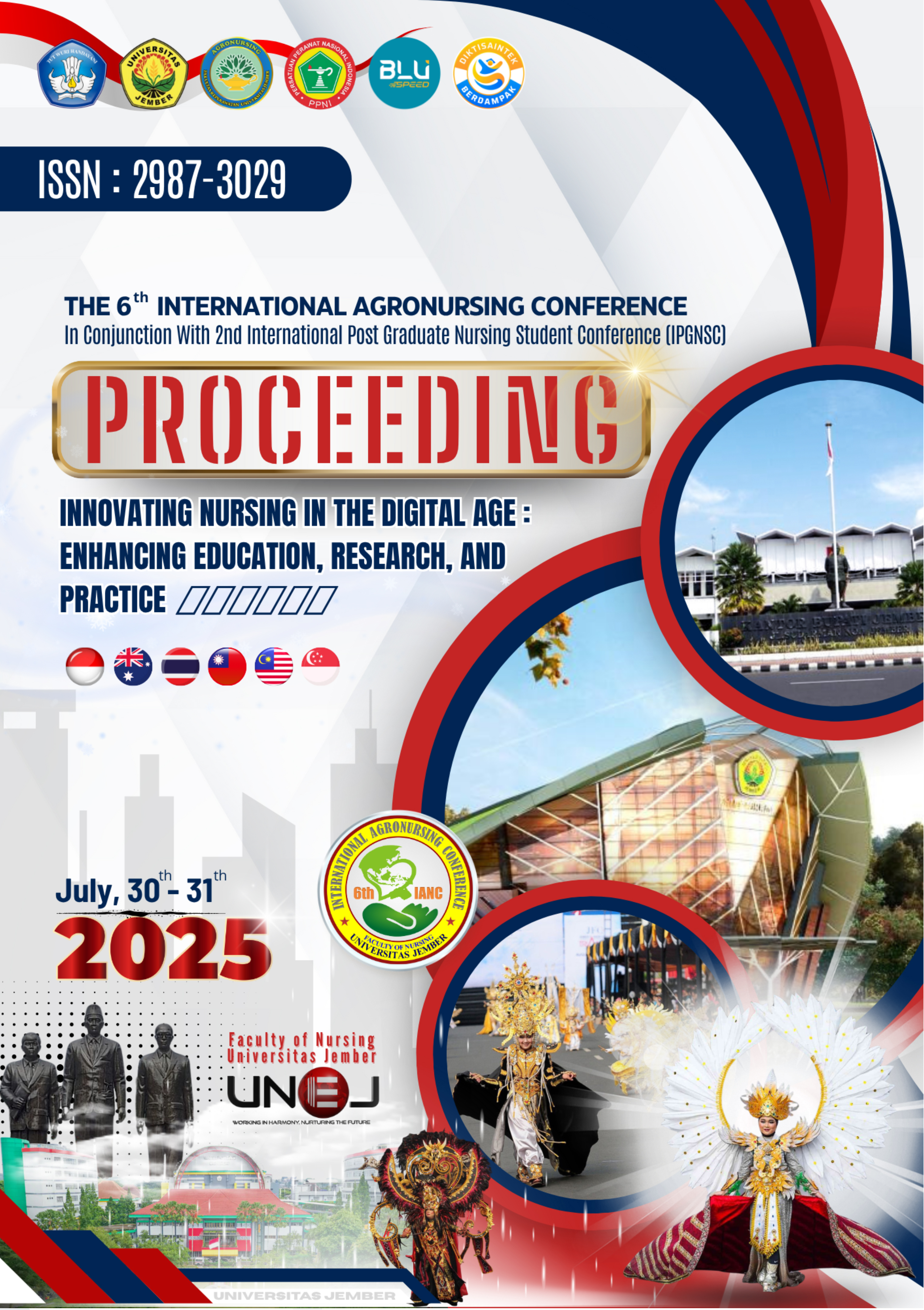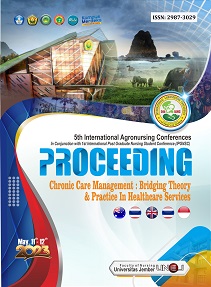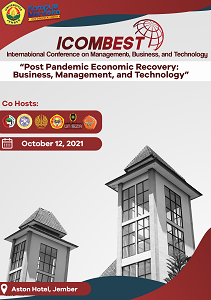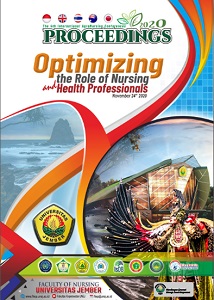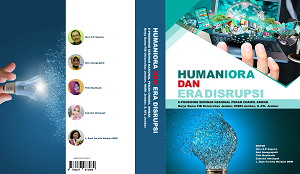FACTORS INFLUENCING SAFETY CULTURE AMONG NURSES: A SCOPING REVIEW
Abstract
Introduction: Safety culture among nurses is a crucial element in creating a safe and effective work environment in hospitals. The factors influencing nurses' safety culture encompass various individual, organizational, and work environment aspects, which interact to shape nurses' safety behaviors. This study aims to identify the factors influencing safety culture among nurses and provide a deeper understanding of the aspects that shape safety culture in nursing practice. Methods: This study employs a scoping review methodology to identify and analyze relevant literature on the factors influencing safety culture among nurses. Articles were selected through a systematic search across several databases, including PubMed, ScienceDirect, and ProQuest, with publication dates ranging from 2014 to 2024. The study analyzes individual, organizational, and environmental factors that affect nurses' safety culture, based on the available studies. Results: The research findings indicate that individual factors such as knowledge, technical skills, communication, and nurse burnout play an essential role in shaping an effective safety culture. Additionally, organizational factors such as supportive leadership, clear safety policies, and a no-blame culture also play significant roles. A supportive work environment, such as the availability of adequate facilities and balanced workload, contributes to the creation of a positive safety culture. Interprofessional collaboration and effective communication among healthcare professionals are also key determinants in strengthening safety culture. Conclusions: Safety culture among nurses is influenced by the interaction of individual, organizational, and environmental factors. To strengthen safety culture, hospitals should focus on enhancing nurses' competencies, ensuring strong organizational support, and creating a work environment that supports safety. Further research is needed to develop more accurate instruments to comprehensively measure these factors across various hospital contexts.

